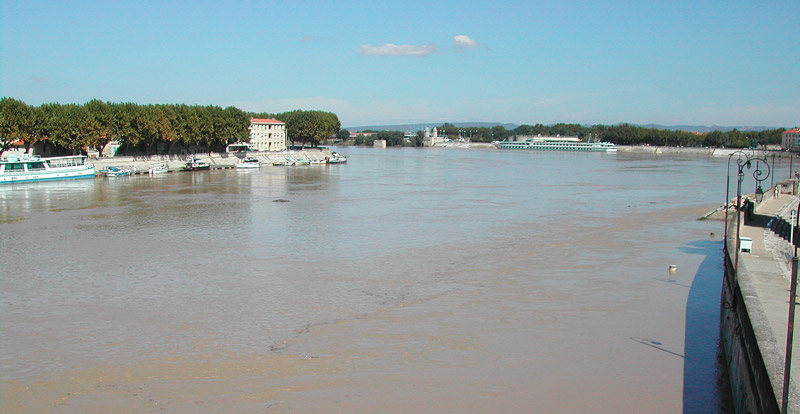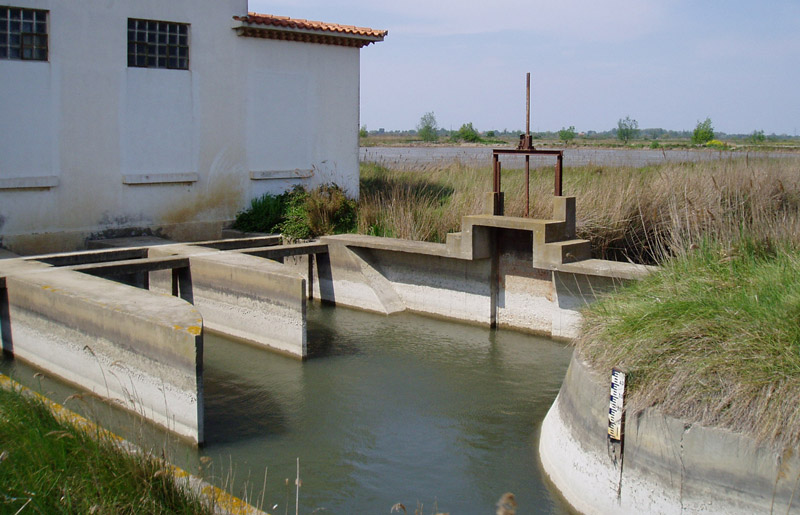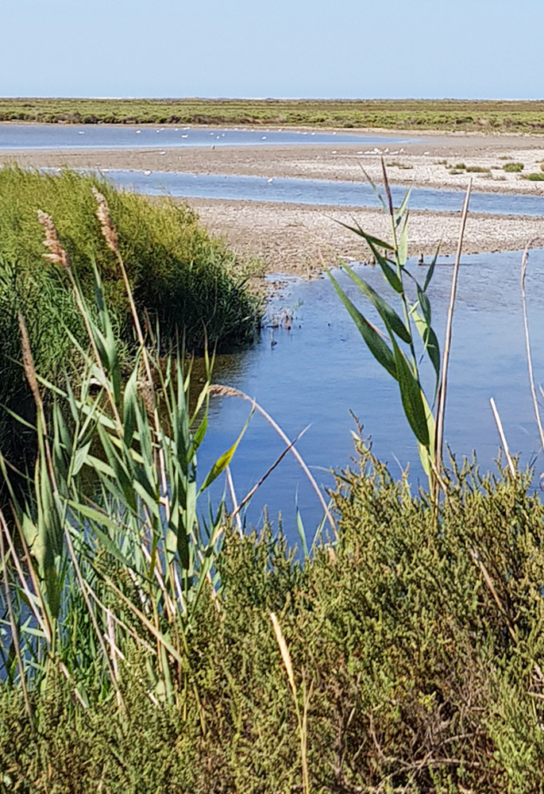The Rhône is closely tied to the history of the Camargue. Its Camargue adventure starts far from here, in the Swiss Alps, at an altitude of 2,230 meters. It’s where the River Rhône takes its source before traveling 800 km to Port Saint-Louis du Rhône and Les Saintes-Maries-de-la-Mer and flowing into the Mediterranean Sea. North of the city of Arles, the Rhône separates in two main branches: the Grand Rhône, flowing to the south-east, and the Petit Rhône, flowing to the south-west. Together, they form the island of the Camargue, accessible only by the bridges of Arles, Sylvéréal, Saint-Gilles, Fourques or the ferries of Barcarin and Le Sauvage.
A river to tame
Waterway, source of energy, water for the city or for the fields… the Rhône has been an asset that men have tried to tame since the Middle Ages. This has been and still is a challenge. This apparently quiet river can show many different faces. Over time, the Rhône has caused great damage each time it broke its banks. But it also shaped the landscapes.
From the 12th century, men diverted, dried up or dammed the branches of the river to protect themselves and to foster a waterway. The completion of containment in 1860 stabilized its course. Building dykes and digging canals allowed to finally tame it.
These hydraulic installations have made it possible to maintain and develop human activities through river transport, irrigation and drainage. Water management holds an important place in the cultural identity of the Camargue.
The Rhône, a fragile colossus
Today, water users in the Camargue are well aware of the fact that the extreme fragility of environmental and economic balances relies on water management. Activities like rice farming, viticulture, hunting, fishing and tourism depend on a shared and balanced management, including the stake of preserving the exceptional biodiversity of the Camargue.
The Rhône is a classified Natura 2000 site (European classification) from its delta up to the north of the departments of Vaucluse and Gard.
As you travel through the Camargue, along the banks of the Rhône or in the marshes and the ponds, you can see the hydraulic facilities for water management.



